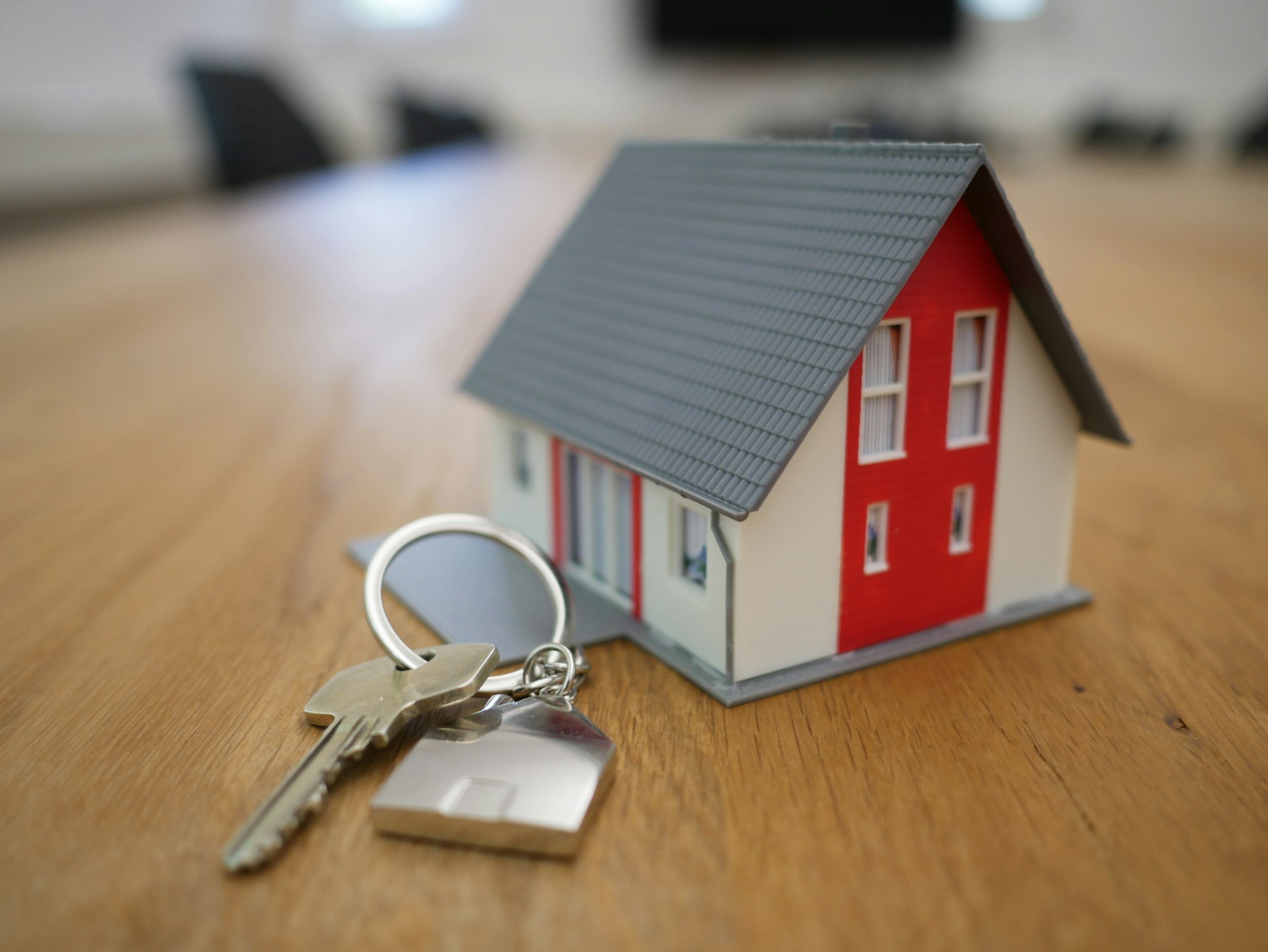Home Repairs Rule of Thumb

Summer na! Perfect time to check your roof and gutters, inspect your walls for signs of leaks and check your plumbing for potential problems.
The Philippines is a tropical country, and is therefore subject to extreme weather conditions – hot and humid weather in the summer followed by wet, continuous rains during the rainy season. Ours is also an island country with hundreds of active volcanoes, making our houses prone to damages due to earthquake and the movement of the soil.
So, what are the implications of all these natural calamities to house repairs and maintenance? A lot, actually! We can name a few important ones that can be costly and therefore in need of special budget and there are also the occasional essential repairs.
Severe tropical storms and typhoons may cause damages to your home – typically, the Philippines experience an average of 20 to 25 typhoons or severe tropical storms each year. Quite a common occurrence to Filipinos, these storms cause damages that may degrade the exterior and interior finish of our home. Yet, because we are accustomed to it, we take many things for granted.
So what should we do? For starters, after a strong tropical storm, make it a habit to inspect the interior as well as exterior part of your house to check for damages. Unless the repairs need to be done immediately, schedule them for the summer period, when plaster or sealants dry faster and rain water does not get in the way.
Next, be sure to set aside a budget for annual repairs which are inevitable expenses to repair cracks that may cause water to seep into your walls, damaging the interior finishing.
Hot, humid weather contracts some interior and exterior finishes resulting to wall cracks – choosing your wall finishing inside and outside your home is very important not only for the aesthetics of it but more for its durability and low maintenance features. When it is summer and the air is humid, some finishing materials contract, resulting in irreparable damages that need replacement. When it rains, some finishes expand, resulting in further damage. There are recommended materials that expand and contract as the weather changes, like Stucco. In making the choice, consult experts with low maintenance in mind.
Budgeting for repairs:
Bear in mind that the bigger the floor area of your house, the higher your maintenance cost. According to the one percent rule, you should set aside at least one percent of your home's value every year for home maintenance. Using this logic, if you make a combined tax, mortgage and insurance payment of P65,000 per month, you should set aside another P650/month for home repairs and maintenance.
And since we are also prone to various catastrophic conditions like earthquakes, we should include an added extra for floor tile replacements or even re-application of cement on walls.
Other than weather-related house damages, houses are also prone to pests that can finish off wooden furniture and destroy wooden walls. Set aside a budget for regular pest control like termites.
Not every homeowner has the carpentry or plumbing skills to perform even the basic home repair needs. As such, home repair contractors are called in to get the job done. Whether by word of mouth or through online ads, there are several companies that can provide you with licensed professionals to help.
Daily rates for carpenters range from Php800 to Php1000 these days. Plumbers cost a bit higher, with an average of Php500 per job and Php1,500 for a day’s work. These handymen can be expected to render a maximum of 7 hours of service/day as their work is laborious and hence, can be tiring. In the past, it is so easy to fall prey to workers with little skills who charge high rates. These days, thanks to sites like trabaho.com or repairko.com, we can get help when we need them at rates that are more or less comparable.
Home repairs will cost you. And for every hardworking Filipino who deserve peace of mind in their own homes, we’ve listed down some of the ways that can help to keep costs to a minimum:
- Pag-ibig or SSS Housing Loans for repairs or improvements:
As a member of the Home Development Mutual Fund (HDMF) or Pag-IBIG Fund and of the Social Security System, Filipinos can apply for housing loans program to help alleviate the costs of home repairs and improvement. These home improvements and repairs may include roof replacement, bathroom retiling, adding more bedrooms, etc. These are the sites you can visit:
Pag-ibig: https://www.pagibigfund.gov.ph/document/pdf/dlforms/housingrelated/HLF450_HRRLApplication_V02.pdf
SSS:
https://www.sss.gov.ph/sss/appmanager/pages.jsp?page=repairimprov - Bank Loans
Most banks in the country offer home loans for home acquisition or improvement. These loans come with a higher interest rate as compared to Pag-IBIG or SSS loans and normally require an equity share on the part of the borrower. - House Insurance
If you’re smart, chances are you’ve already availed of a comprehensive home insurance that effectively protects your property from some of the most devastating losses you may experience.
While home insurance does not cover home upkeep, it makes sure that when your home suffers damages due to storms, earthquakes or fire, you have the funds to repair it.
